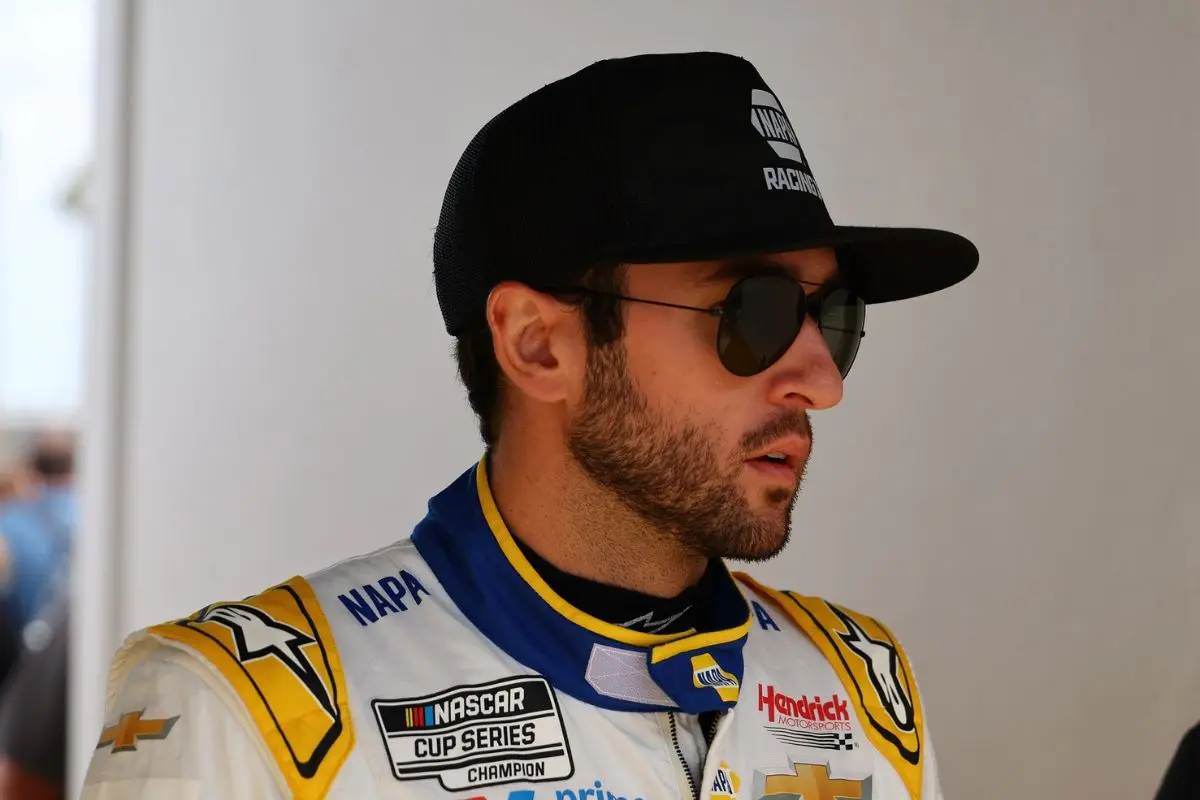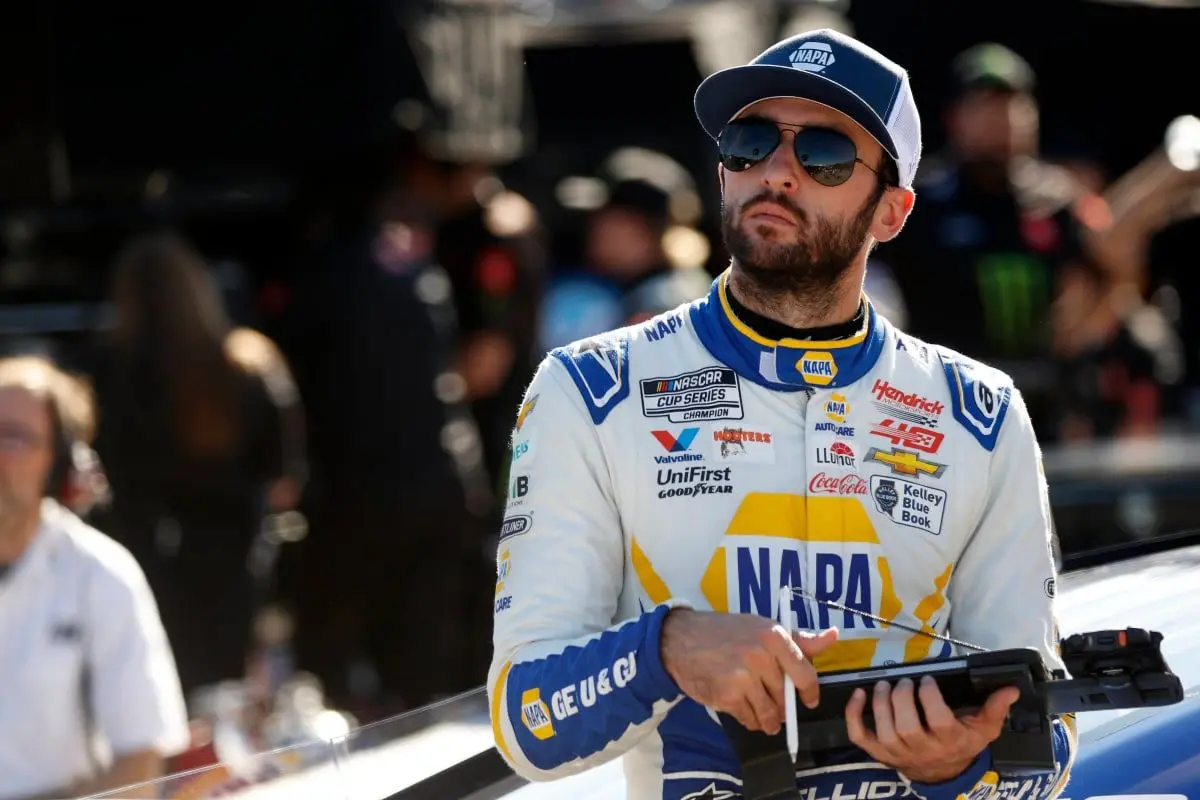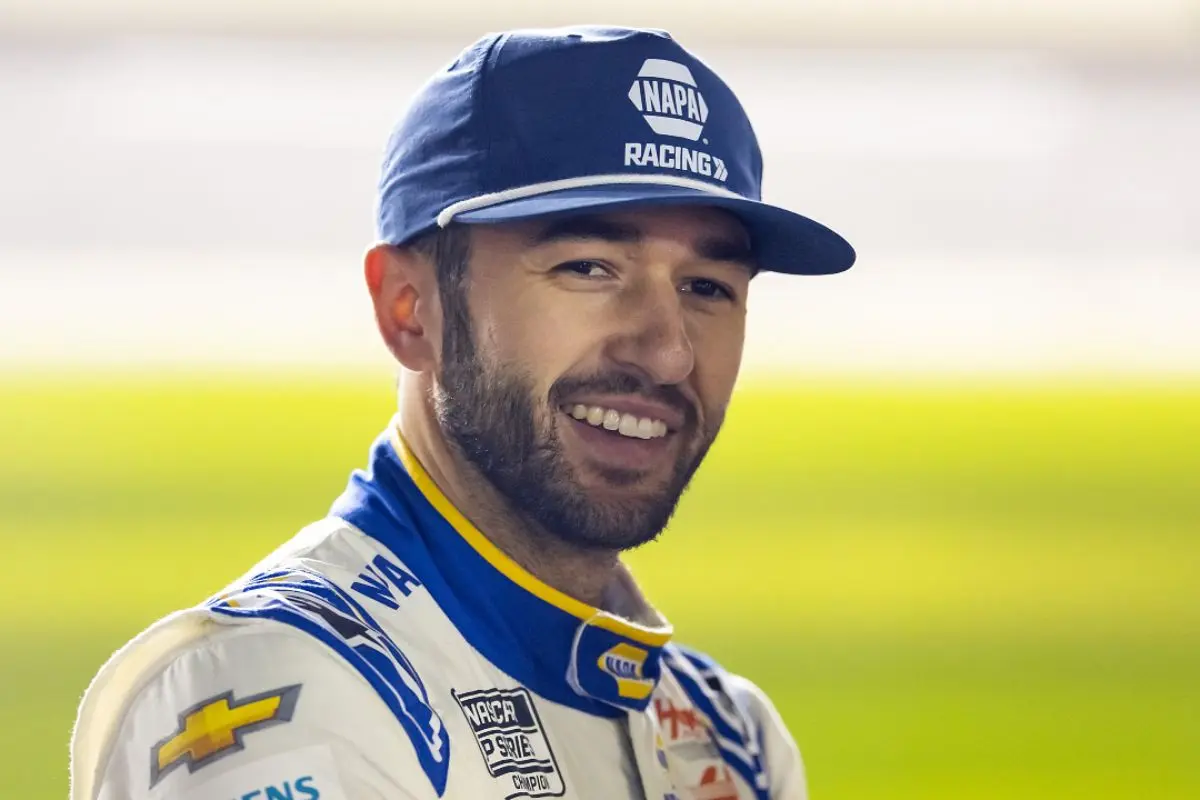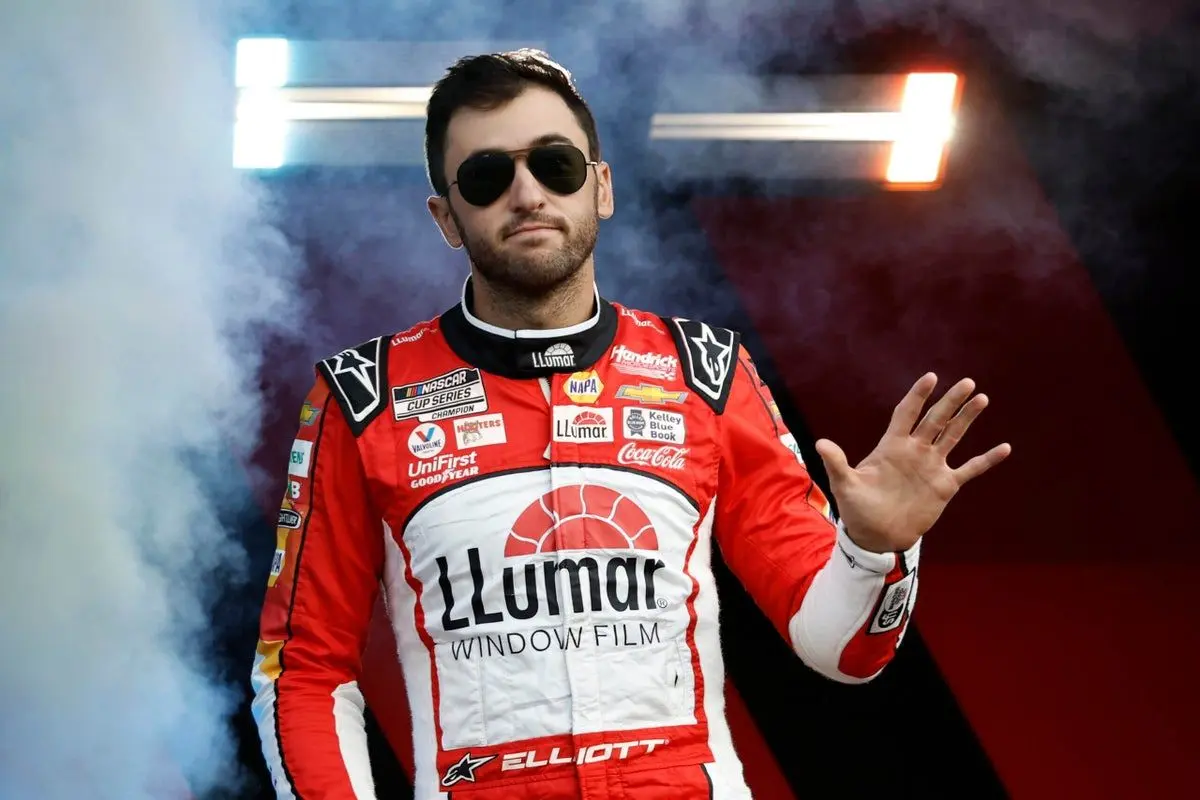Chase Elliott‘s light-hearted remarks about being a “walking billboard” in NASCAR reveal a deeper truth about sponsorship’s role in the sport. His playful acknowledgment of branded apparel and visible logos reflects the intricate relationship between drivers and their sponsors. This dynamic raises questions about identity and commercialization in racing. As Elliott navigates this blend of personal and professional life, one can’t help but wonder how it shapes the experiences of drivers and fans similarly.
Key Highlights
- Chase Elliott humorously acknowledges that NASCAR drivers are essentially “walking billboards” due to constant sponsorship visibility.
- Sponsorship impacts every aspect of a driver’s life, including personal settings and attire choices.
- Elliott’s primary sponsor, NAPA, exemplifies the strong partnership between drivers and brands in NASCAR.
- The emotional strain from constant sponsorship visibility can influence a driver’s identity and performance.
- Sponsorship fosters brand loyalty and deep connections with fans, enhancing the sport’s ecosystem.
Chase Elliott Talks Sponsorship in NASCAR
Chase Elliott openly addressed the intricate dynamics of sponsorship in NASCAR during a recent conversation with Bobby Bones. He emphasized the crucial role sponsors play in the sport’s ecosystem, illustrating how their support directly influences team performance and driver opportunities.
Dressed in a t-shirt adorned with the NAPA and Chevrolet logos, Elliott exemplified the synergy between drivers and their sponsors. As a driver for Hendrick Motorsports, he acknowledged Chevrolet’s significance as the official engine manufacturer while highlighting NAPA’s status as his longstanding primary sponsor.
This partnership not only improves the visibility of brands but also cultivates a deeper connection between fans and the companies that support their favorite drivers. Elliott’s insights illuminate the vital collaboration driving NASCAR’s success.

Being a “Walking Billboard”
In the world of NASCAR, where sponsorship is woven into the very fabric of the sport, drivers often find themselves embodying the role of “walking billboards.” This reality was humorously highlighted during a conversation when a driver noted that even in the comfort of his home, he might be sporting branded apparel, reflecting the pervasive nature of sponsorship in his life.
“It is a such a NASCAR thing. We are walking billboards at all times. So, yeah, if you’re stopping by the house on a random Wednesday, odds are I’m probably sponsored by something on Wednesday at home watching a movie. So, that’s just NASCAR issues when it comes to the billboards that we are, but that’s part of the deal.” – Chase Elliott
Chase Elliott encapsulated this phenomenon, noting that one could expect to see him in sponsored gear even on a casual Wednesday at home. This amusing acknowledgment emphasizes the inescapable reality of sponsorship that permeates a driver’s existence.
Elliott’s Other Sponsors
Numerous brands have chosen to align themselves with Chase Elliott, reflecting his considerable influence and popularity in the NASCAR community.
Among his notable sponsors are Llumar, Coca-Cola, Unifirst, Kelley Blue Book, and Prime, each contributing to his brand identity and financial backing.
Llumar, known for its window tinting solutions, highlights the automotive theme prevalent in Elliott’s sponsorship portfolio.
Coca-Cola, a longstanding staple in sports sponsorship, boosts his visibility while appealing to a broad audience.
Unifirst, a leader in uniform and facility services, displays Elliott’s appeal to diverse industries.
Kelley Blue Book, synonymous with vehicle valuation, reinforces a connection to car enthusiasts.
Finally, Prime exemplifies a shift towards cutting-edge health and wellness products, aligning with modern consumer trends.

How NASCAR Drivers Get Their Numbers
The expedition of a NASCAR driver often involves not only securing sponsorships but also selecting a race number that resonates with their identity and brand.
Chase Elliott revealed that the process for choosing a race number varies among drivers. Some opt for numbers that hold personal significance or nostalgia, while others may have a limited selection presented to them.
Significantly, NASCAR enforces a rule that prevents duplicate numbers across teams, as these numbers are fundamentally owned by the respective racing organizations. This exclusivity contributes an extra layer of strategy to the selection process, as drivers navigate their options while considering both personal affinity and team identity.
From #24 to #9
While many drivers may feel a deep connection to their race numbers, Chase Elliott’s progression from the #24 to the #9 demonstrates the unique circumstances that can shape such decisions.
Entering NASCAR’s Cup Series, Elliott inherited the #24 from the retiring Jeff Gordon, stepping into a legacy without any personal attachment to the number. His early years at Hendrick Motorsports were marked by this unexpected opportunity.
“In my case, when I came into racing Cup, and I’ve been with Hendrick Motorsports throughout my whole career, Jeff Gordon was retiring. So I came in the next year. I was filling the open seat. So the #24 was the car that I stepped into for those first couple years.” – Chase Elliott
However, as his career evolved, Elliott sought a number that resonated more personally. The #9, his favorite number with familial significance, aligned perfectly when it became available.
As his career progressed, Elliott sought a number that held personal meaning, finding a perfect match in the #9.
“I had no tie to the number 24 or anything, but that was what it was. And nobody asked and obviously I was fine with anything at that point. Now later on down the road I had an option and #9 was my favorite number and #9 had some family ties to and made a lot of sense. So I got to switch.” – Chase Elliott
This change emphasizes the intricate balance between legacy and personal identity in NASCAR, illustrating how drivers navigate the complexities of their racing careers.

News In Brief: Chase Elliott’s Funny Take on NASCAR’s Sponsor-Heavy Reality
Chase Elliott’s playful acknowledgment of his role as a “walking billboard” in NASCAR serves as a reminder of the intricate relationship between identity and sponsorship in the sport. As drivers like Elliott embody their sponsors both on and off the track, the lines between personal and professional blur, highlighting the pervasive impact of branding in their lives. This reality not only shapes their public personas but also reflects the larger dynamics at play within the world of motorsports.
ALSO READ: Chase Elliott Shares Bold Thoughts on NASCAR’s Grueling Race Calendar!

